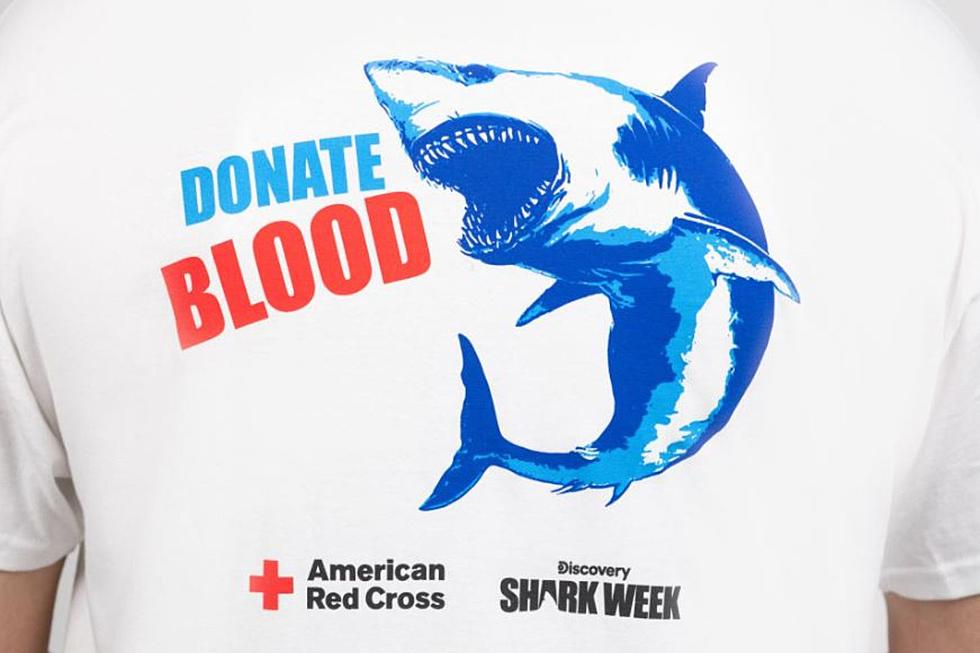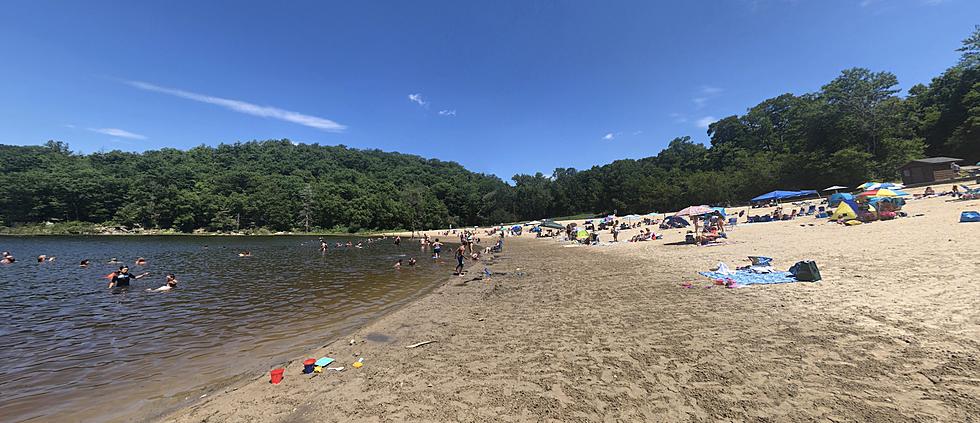
Keep Hudson Valley Kids Safe: Drowning is Leading Cause of Death for Kids Ages 1 to 4
When you think of the American Red Cross, you probably think of blood drives and humanitarian relief efforts. And yes, they do both of those things, but they are certainly more than that. For instance, they want to ensure you are safe while swimming this summer. And before you swim past this, let me tell you, this is a way more serious topic than you may think. Whether someone is an experienced swimmer or just learning how to swim, it’s important that individuals and families are aware of the steps to take when it comes to water safety in and around pools.
Drowning Continues to be the Leading Cause of Unintentional Death for Kids Ages 1 to 4
The American Red Cross encourages families to prepare for the fast-approaching summer swim season by learning to be “water smart.” Research shows that participation in formal water safety and swim lessons can reduce the risk of drowning by 88% for one to four-year-olds.
"With pools and parks opening in just a couple weeks, it’s important for families to take time to learn and review critical water safety skills with their children,” said Angela Beale-Tawfeeq, PhD, MPH, member of the Red Cross Scientific Advisory Council and associate professor at Rowan University. “These fundamental Red Cross water safety skills will help you feel more prepared for everyday scenarios and fun outings in, on and around the water, and most importantly, help save lives.”
Drowning is the leading cause of death for children ages 1 to 4 and the second leading cause of unintentional injury death for children ages 5 to 14, according to the Centers for Disease Control and Prevention. Children between 1 and 4 years of age are more likely to drown in a home swimming pool or spa.

Most drowning deaths for children 1 to 4 happen in residential pools owned by family, friends or relatives during non-swim times, when they were not intended to be in or near the water. In fact, many children who drown in home pools were out of sight for less than five minutes and in the care of one or both parents at the time.
This emphasizes how important it is to prevent unsupervised access to water. When children are swimming, constant supervision including avoiding distractions such as a cell phone is imperative.
View this post on Instagram
The American Red Cross is dedicated to helping individuals and families learn the important steps to take for water safety. The organization’s Aquatics Centennial Campaign is active in nearly 100 communities across the nation – which is aimed at working to reduce drowning rates in locations where the need is greatest
- According to Centers for Disease Control and Prevention’s data, when looking at the initial Centennial programs as a whole, counties with Red Cross Centennial programs saw an overall 10% decrease in drowning rates versus a 6% decrease nationally.
- As part of this campaign, the Red Cross plans to help teach 22,500 more children and adults annually to participate in swim lessons.
- The campaign is helping build an ecosystem of water safety – a focus on water safety education, CPR training for parents, caregivers and community-based outreach – thereby helping make the water safer for everyone.
WHALE TALES FOR CHILDREN
The Red Cross recently revamped its Longfellow’s WHALE Tales Water Safety for Children program. The no-cost program is designed to help children from all backgrounds in kindergarten through 5th grade learn vital water safety behaviors without having to be in or near the water.
Educators, swim instructors, parents, caregivers and others can teach critical water safety lessons to children before the swim season kicks off. WHALE Tales are short, engaging and age-appropriate lessons that cover important water safety topics in different environments such as pools, waterparks, oceans, lakes and rivers. The free downloadable resources include lesson plans, course presentations and engaging materials such as videos and activity sheets and can be accessed at redcross.org/WHALEtales. If you’re a parent or caregiver teaching your own children, visit redcross.org.watersafetyforkids.
RED CROSS SWIMMING PROGRAMS SAVE MILLIONS OF LIVES
Each year, more than 2.5 million people learn to swim through Red Cross lifesaving aquatics programs. These programs incorporate the latest science-based curriculum and industry best practices, helping to keep individuals and families safer while enjoying water activities. Through this work, over the last century, the Red Cross has helped to reduce accidental drownings by nearly 90% nationwide.
“Preventing unsupervised access to water, providing constant, active adult supervision and knowing how to swim are critical layers of protection to help prevent drowning,” said Connie Harvey, director of Aquatics Centennial and Survival Programs for the Red Cross.
IMPORTANT WATER SAFETY TIPS
This summer, remember these four water safety tips.
- Nobody should ever swim alone – adults and teens as well as children. Never leave a young child unattended near water, and do not trust a child’s life to another child.
- It’s best to always designate a “water watcher” who will keep a close eye and constant attention on children and weaker swimmers in, on and around water until the next water watcher takes over.
- Have young children or inexperienced swimmers wear properly fitted U.S. Coast Guard-approved life jackets around water, but do not rely on life jackets alone.
- Reach or throw, don't go! In the event of an emergency, reach or throw an object to the person in trouble and tell them to grab on. Don’t go in! You could be in danger of drowning yourself.
“We encourage families to educate themselves on safer water habits, to learn to swim and know how to handle emergencies,” said Harvey. “Our aquatic training providers offer swim education and classes for both children and adults. We recommend that you also learn first aid and CPR, so you’ll know what to do until help arrives.”
GET STARTED TODAY
Go to redcross.org/watersafety for swim program information and a variety of resources. The Red Cross Swim app can help children and adults learn with kid-friendly video and activities on mobile devices. Do your part. Be “water smart.”
New York's 14 Best Lakes For Swimming
Gallery Credit: Matty Jeff
Cool Off and Take a Dip at These Local Swimming Pools in the Hudson Valley
Gallery Credit: Allison Kay
5 Best Hudson Valley Lakes & Ponds Where Swimming is Allowed
Gallery Credit: Conor Walsh
More From WRRV-WRRB









